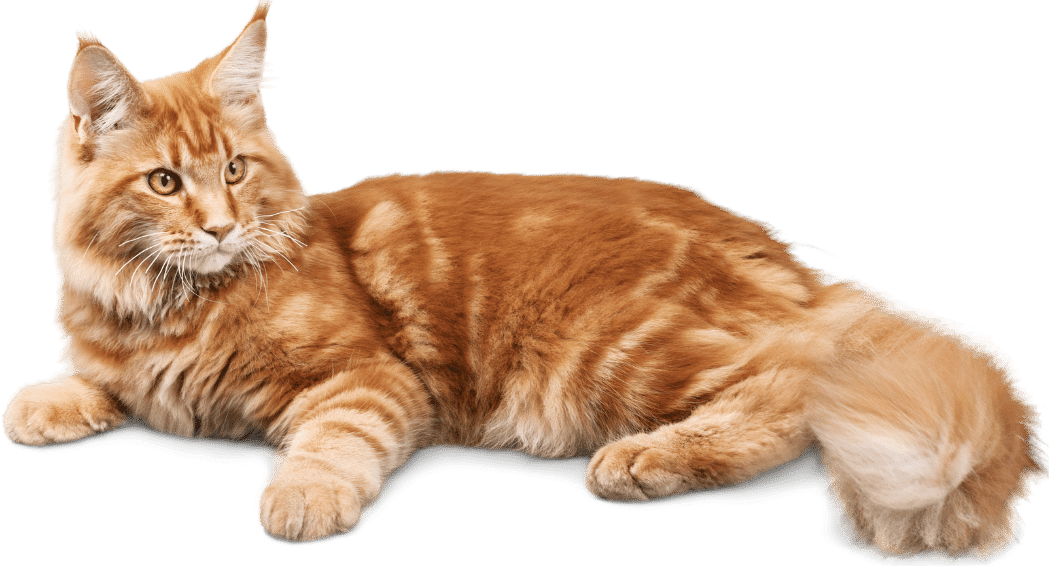British Shorthair Breed Information, History and Care Tips
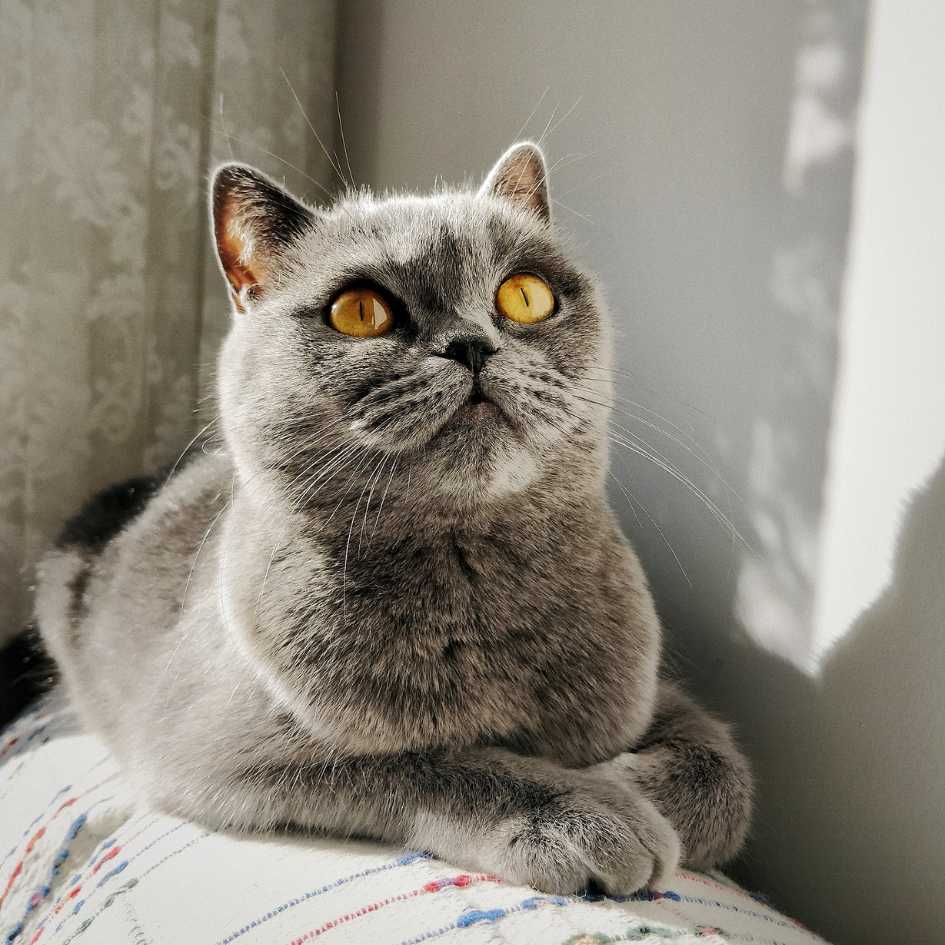
The British Shorthair is one of the oldest and most beloved cat breeds in the world. Known for their plush coats, round faces, and easy-going personalities, these cats are a favorite among cat lovers. This comprehensive guide explores everything you need to know about the British Shorthair, from their history and physical characteristics to their care and temperament.
History of the British Shorthair
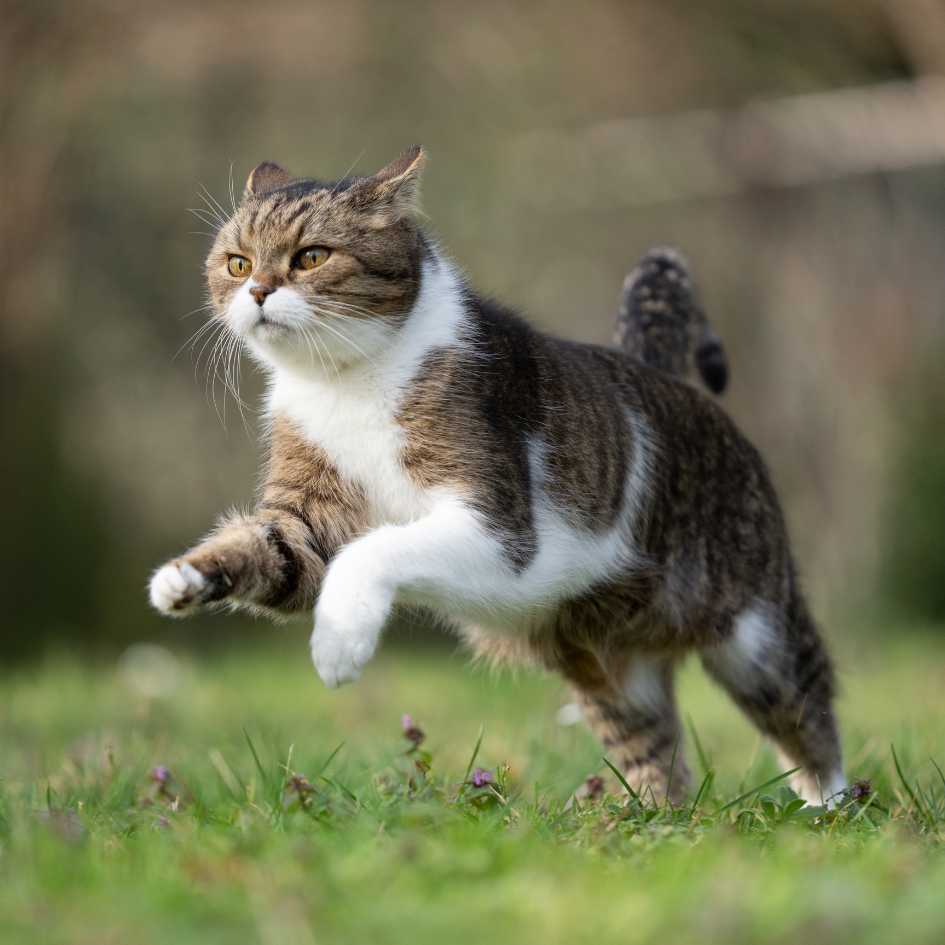
The British Shorthair has a fascinating history that dates back to ancient Rome. They are believed to have descended from cats brought to Britain by Roman invaders. Over centuries, these cats adapted to the British climate and developed into sturdy, resilient felines.
- Role in British History: They were valued for their hunting skills, keeping homes and farms free of rodents.
- Recognition as a Breed: The breed gained formal recognition in the late 1800s and became one of the first breeds showcased at cat shows in the United Kingdom.
- Near Extinction: During World War II, the breed’s population declined drastically, but dedicated breeders revived it by introducing Persian cats into the gene pool, enhancing their signature plush coat.
Physical Characteristics
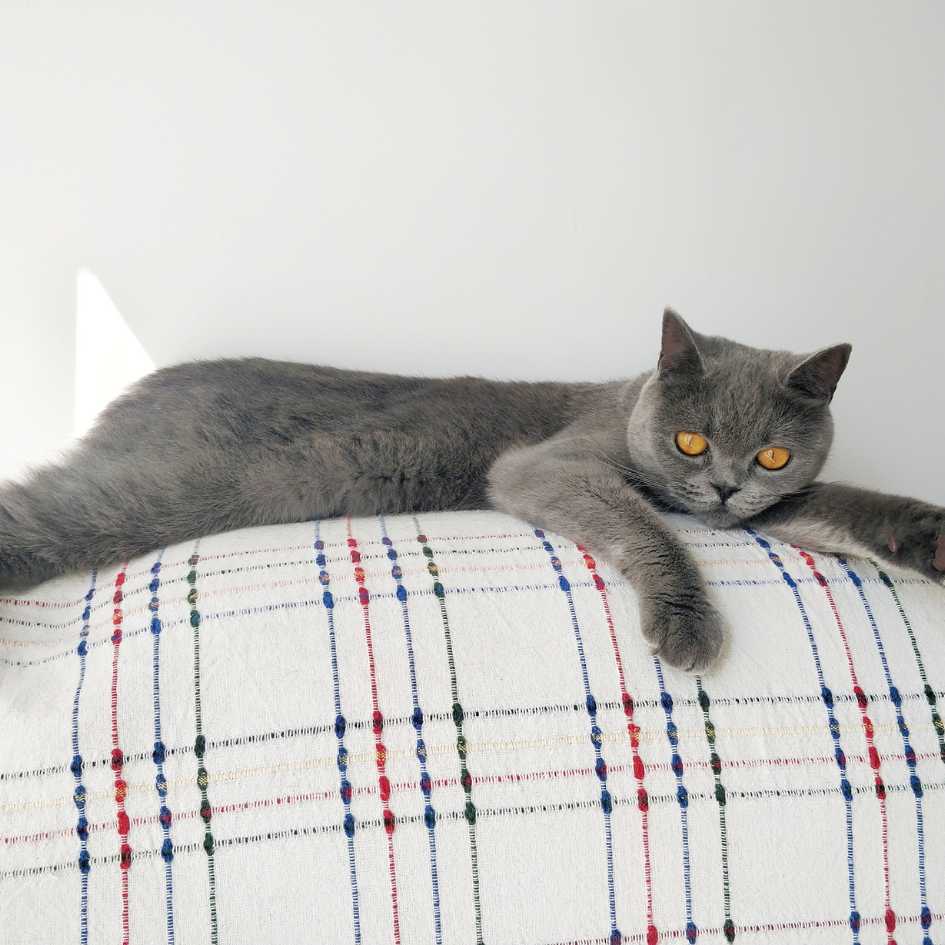
The British Shorthair is instantly recognizable due to its distinctive features:
- Medium to large-sized cats with a muscular, sturdy build.
- Males typically weigh between 7-17 pounds, while females weigh 7-12 pounds.
- Dense, plush coat with a luxurious texture.
- The most iconic color is “British Blue,” but they come in various colors and patterns, including black, white, cream, tabby, and bi-color.
- Round face with full cheeks and a short, broad nose.
- Large, round eyes come in colors like copper, blue, and green, depending on the coat color.
- Short, thick tail with a rounded tip.
Personality Traits
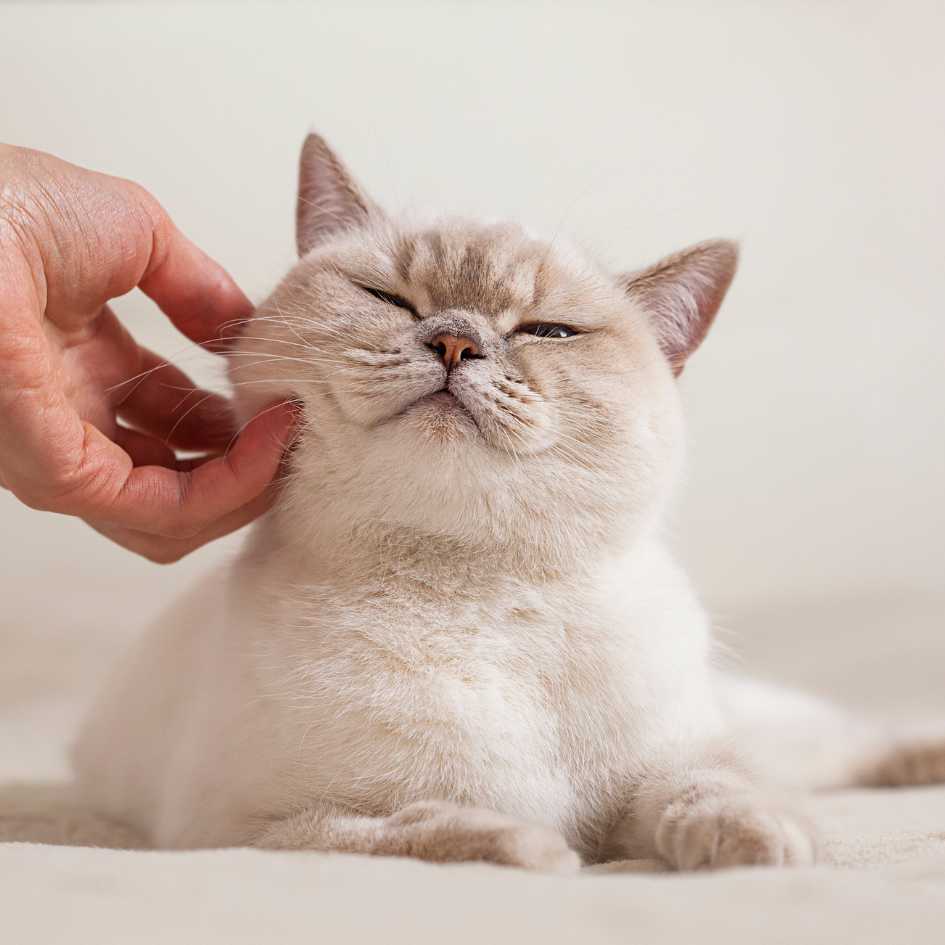
British Shorthairs are known for their calm and dignified nature. They are often described as the quintessential “gentleman” or “lady” of the cat world. Key traits include:
- Affectionate but Independent: They enjoy being around their owners but are not overly demanding of attention.
- Good with Children and Pets: Their tolerant and patient demeanor makes them excellent companions for families.
- Low-Energy: While they enjoy playtime, they are not as hyperactive as some other breeds.
- Quiet and Reserved: They’re not overly vocal, preferring to communicate with soft purrs and gentle nudges.
Caring for a British Shorthair
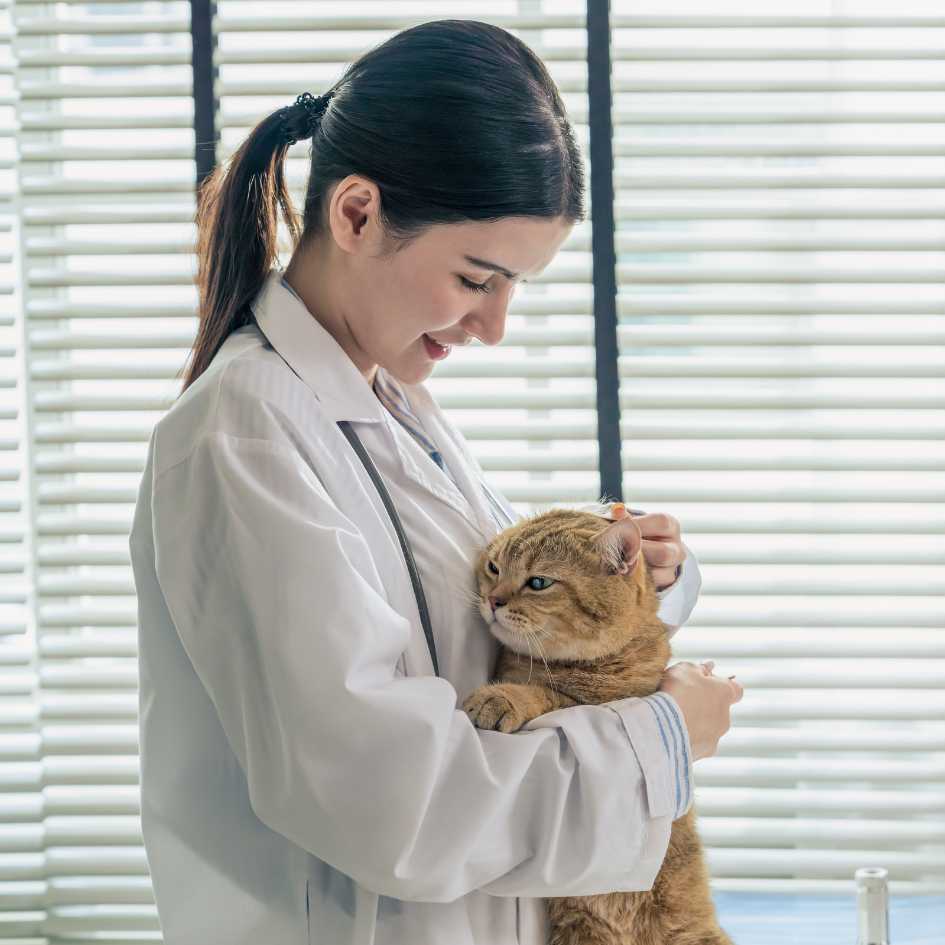
Their dense coat requires regular care:
- Brushing: Brush their coat once or twice a week to remove loose hair and prevent shedding.
- Bathing: Rarely needed, as they are excellent self-groomers.
- Dental Care: Brush their teeth regularly to prevent dental issues.
- Nail Trimming: Trim nails every 2-3 weeks to maintain paw health.
- Ear Cleaning: Check and clean their ears as needed to prevent wax buildup.
A balanced diet is essential to keep them healthy:
- High-Quality Cat Food: Opt for food rich in protein to support their muscular build.
- Portion Control: They can be prone to obesity, so monitor their food intake carefully.
- Hydration: Always provide fresh water to keep them hydrated.
Though British Shorthairs are not overly active, they still need stimulation:
- Provide toys like feather wands, balls, and puzzle feeders.
- Engage in short play sessions daily.
- Cat trees or scratching posts can help them stay active and satisfy their natural instincts.
Health and Lifespan
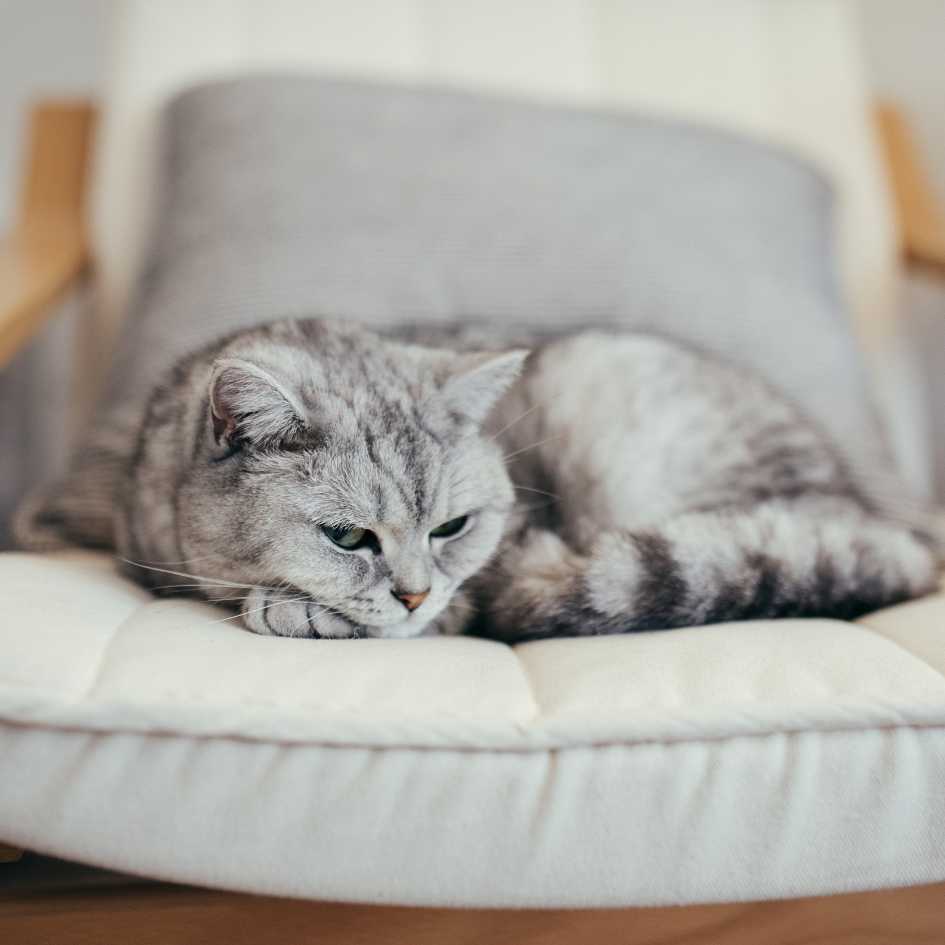
British Shorthairs are generally healthy but are predisposed to certain conditions:
- Hypertrophic Cardiomyopathy (HCM): A heart condition common in cats, regular vet check-ups are essential.
- Obesity: Their laid-back nature makes them susceptible to weight gain if not monitored.
- Dental Issues: Regular dental care can prevent problems like gingivitis.
With proper care, British Shorthairs typically live between 12-20 years, making them a long-term companion
British Shorthair Price in India
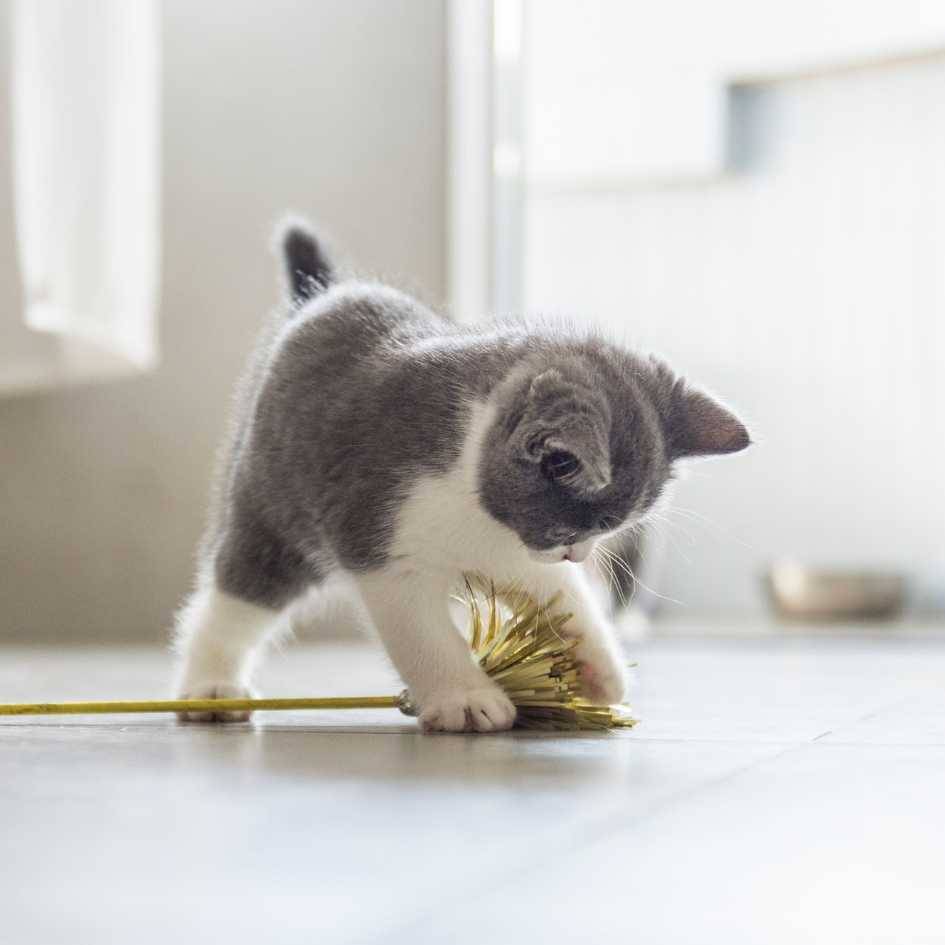
In India, the British Shorthair is considered a premium breed due to its rarity and demand. The cost can vary based on factors like pedigree, breeder reputation, and coat color:
- Price Range: ₹30,000 – ₹1,50,000.
- Additional Costs: Monthly expenses for food, grooming, and veterinary care can range between ₹5,000 – ₹10,000.
Why British Shorthairs Make Great Pets
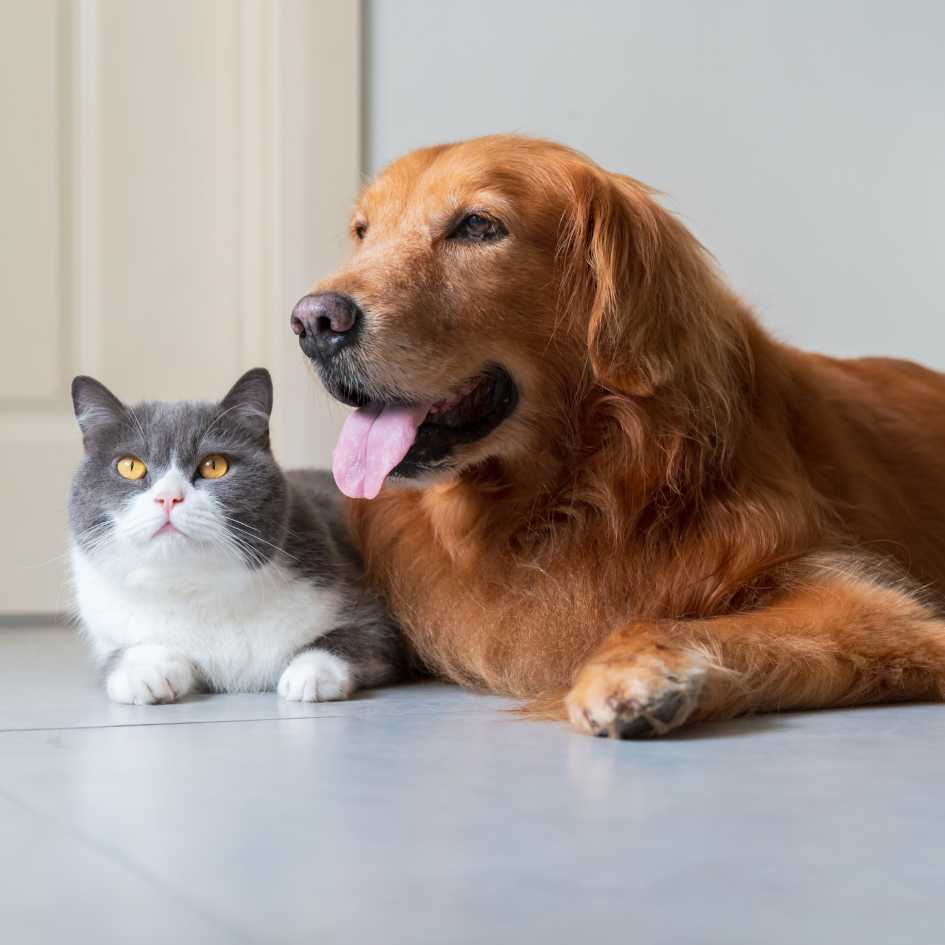
British Shorthairs are ideal for a wide range of households due to their:
- Low-maintenance grooming requirements.
- Gentle and adaptable nature.
- Compatibility with children, other pets, and even busy lifestyles.
- Quiet demeanor, making them suitable for apartments.
Conclusion
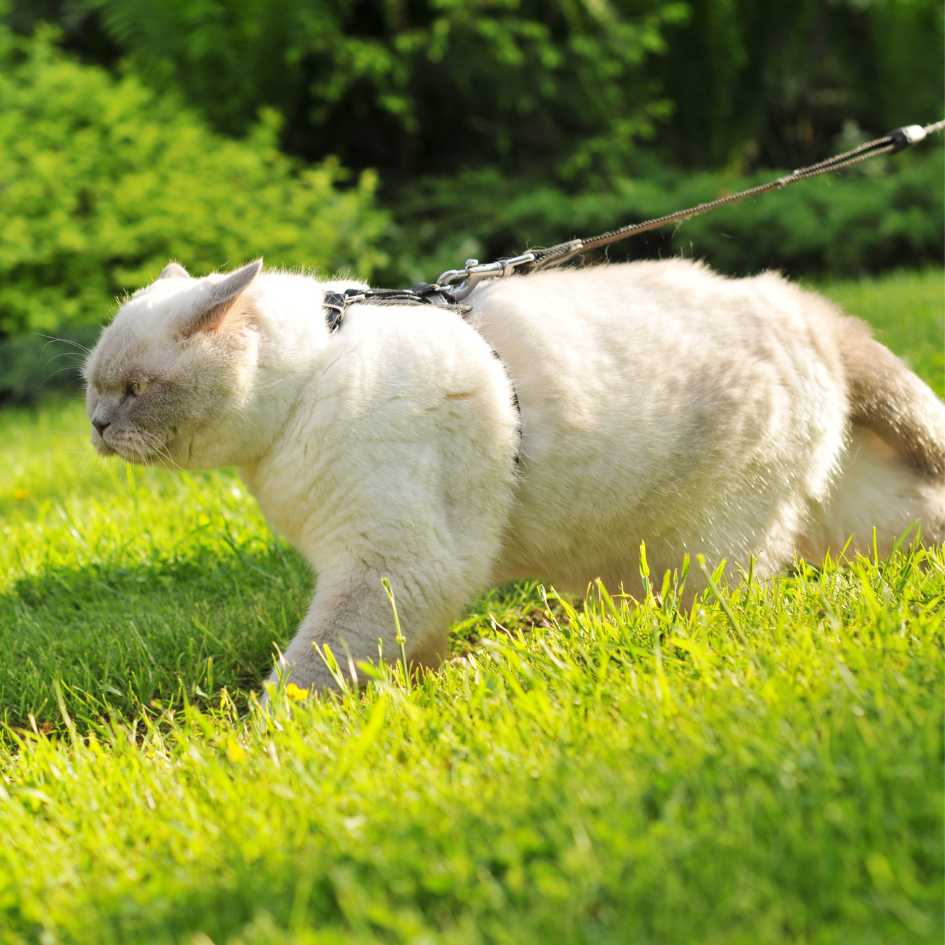
The British Shorthair is a breed that combines elegance, charm, and a loving nature. Whether you’re seeking a loyal companion or a low-maintenance pet, this breed ticks all the boxes. With their regal appearance and gentle personality, British Shorthairs can bring joy and companionship to any home. By following the tips in this guide, you can ensure your British Shorthair leads a happy, healthy life while being the regal feline they’re meant to be.


